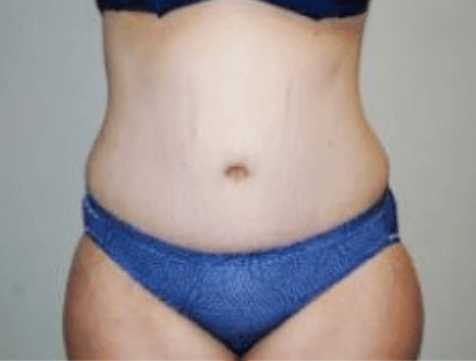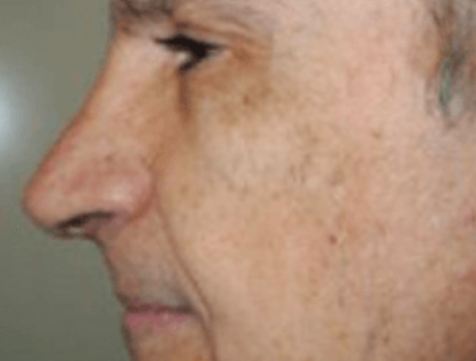During a primary breast augmentation, there are so many options to consider. One that most patients forget to think about is their incision. There are so many options!
The peri-areola incision is a very popular one. The incision is done around the border of the areolas. This is a great option for patients who may want to reduce the diameter of their areolas. Since there is pigment in the areola, the scar usually blends right in and patients are left with limited to no visible scarring.
The trans axillary incision, or the “armpit” is great for an initial breast augmentation with saline implants. The incisions are tiny, just big enough to get the shell of the implant into the pocket. Once the shell is placed, the implants are then filled with saline and patients are left with no scars at all to the breasts.

The inframammary fold is the most common incision used for breast augmentations and breast implant revision surgeries. The inframammary fold is the crease at the bottom of each breast. This incision gives the doctor direct access to the pocket without having to cut through breast tissue, milk ductules, and sweat glands which can hold a lot of bacteria. The direct access reduces the implant being dragged through the bacteria and/or getting bacteria trapped within the pocket. This incision also results in the least complications with breast feeding. The incision itself is usually only about an inch and a half long and heals to a very thin, hairline, white line which is then hidden within your natural breast fold. This incision can then be used over, and over again for an implant exchange or removal with little complications.
The trans umbilical, or “belly button” incision is the least common incision used within our practice and is usually only done when combining a breast augmentation with a tummy tuck. This can be done with saline implants only and leaves you with no scarring to the breasts!
No matter what incision you ultimately decide to go with, your procedure will still involve incising the skin which means you will have a scar, whether it is big or small. To care for your scar, we recommend that you do not remove your steri-strips until they have fallen off on their own, or unless instructed to remove them by your surgeon or their clinical staff. Refrain from submerging the incision sites in water until they have completely closed, which can take four to six weeks. Finally, once your incisions have closed, we recommend the use of a silicone-based scar cream. We carry Siligen and it can be used on old and new scars!
If you are ready to have the perfect body, book a consultation with Dr. Amy Bandy today by calling 949-574-0574 or filling out our online contact form.












